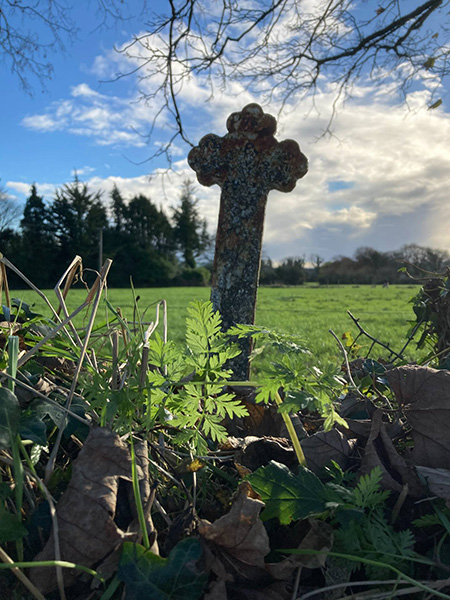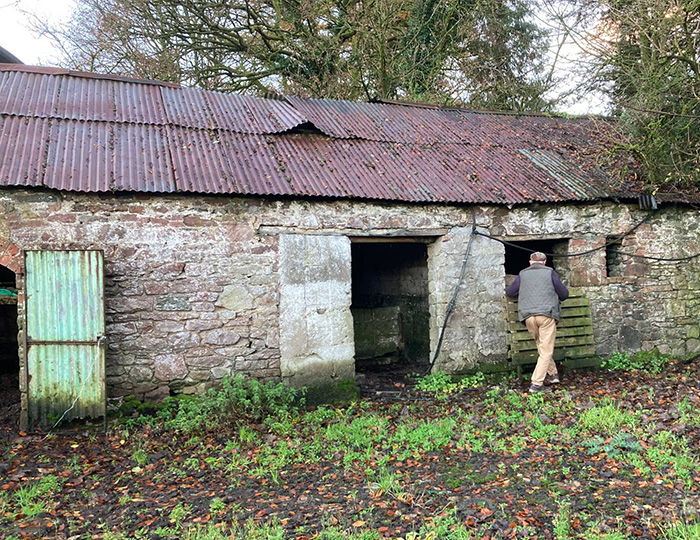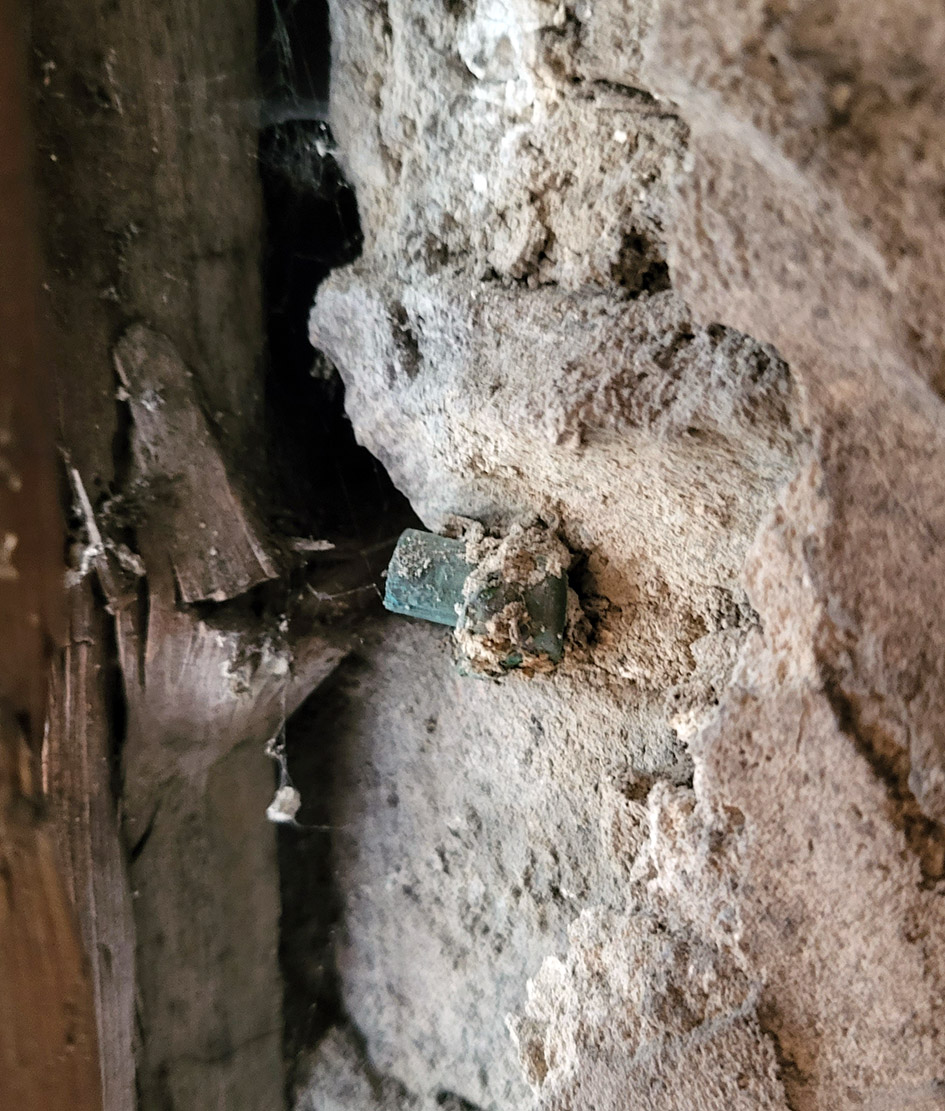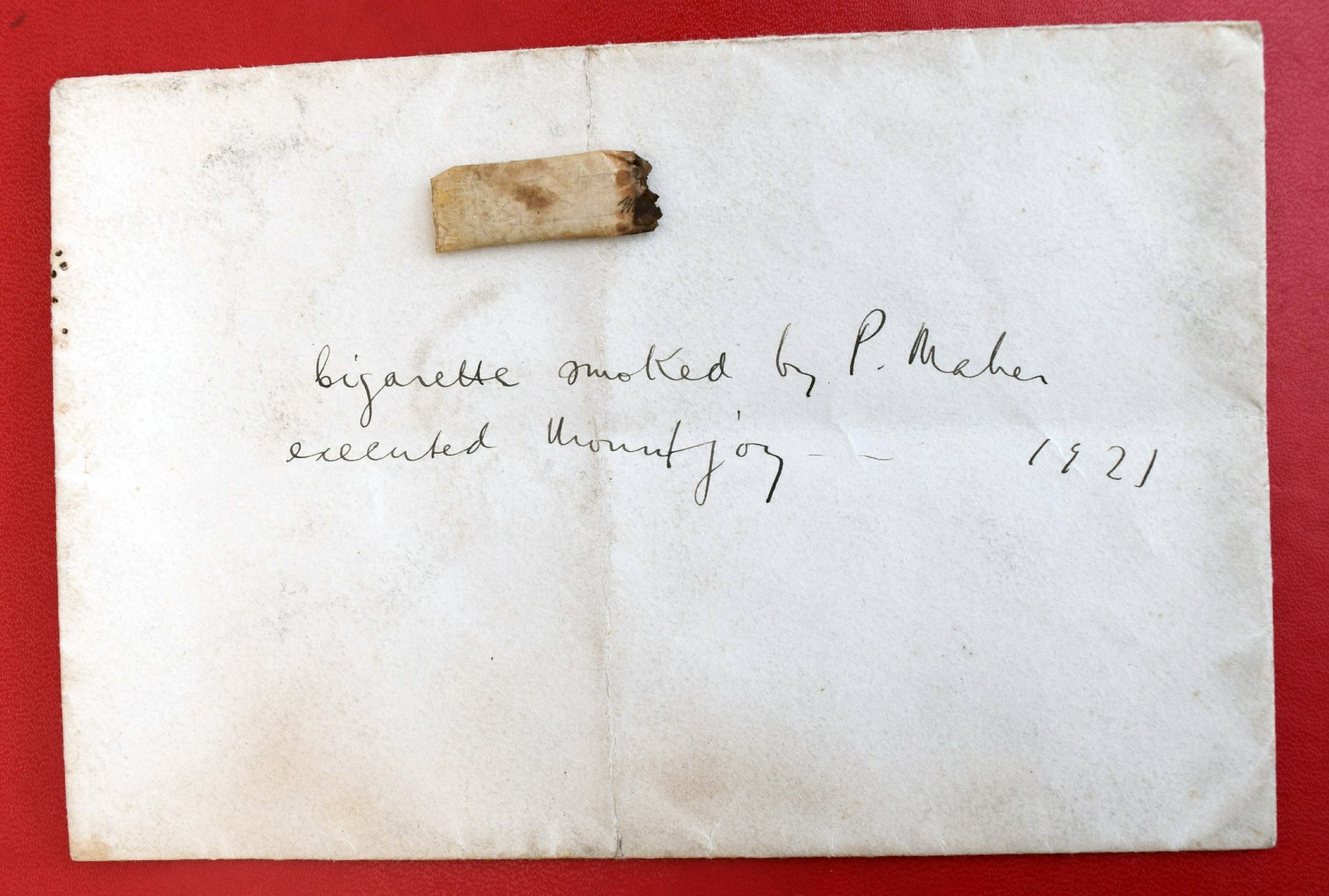About the project
The archaeology of Ireland's War of Independence and Civil War is one of the most engaging heritage resources in the country. It is also among the most understudied and at risk archaeological resources on the island. The potential of archaeological approaches to illuminate the events of the period and to speak powerfully of the texture of human emotion and experience has therefore not been fully realised.
- (opens in a new window)Project StoryMap
- (opens in a new window)Project blog
- (opens in a new window)Project Social Media

Mapping revolutionary heritage
In collaboration with local communities, revolutionary-era heritage has been identified, mapped and recorded to create an interactive (opens in a new window)(opens in a new window)StoryMap and a database of sites. These help us to understand how revolutionary events unfolded and consider how best to safeguard this heritage for the future. An Archaeology Ireland Heritage Guide on "The Archaeology of Revolution in East Limerick" is available (opens in a new window)(opens in a new window)here. A guidance document ("Researching and Protecting the Archaeological Heritage of the Easter Rising, War of Independence and Civil War") to help heritage professionals and local communities in other parts of the country undertake their own research on the archaeology of the revolutionary period is available (opens in a new window)(opens in a new window)here.
Small metal cross marking the location where Hugh O’Donnell, just 19 years old, was killed in the Civil War

Oral histories of revolution
Interviews have been conducted to record oral histories of the conflict; to understand how communities engage with the material residues of difficult histories; and to consider how such residues offer the potential for social repair in the present.
Farm building beneath which a brick-lined arms dump was built in the War of Independence

The material culture of the revolution
Collections in National Museum of Ireland, Limerick Museum and Kilmainham Gaol as well as family memorabilia have been examined to explore how artefacts are incorporated into practices of meaning-making and remembrance today.
Behind a wooden shutter in a home in Ballylanders, a rifle bullet can still be seen embedded in the masonry, a reminder of the attack on the RIC barracks there in 1920

Exhibiting the revolution
Co-curation of pop-up exhibitions with the local community and with refugee groups have explored the potential of artefacts to tell new and different stories; to consider contemporary resonances; and to enhance understanding of others’ experience, memories and histories. Our first exhibition on the "Objects of the Revolution in East Limerick" is available (opens in a new window)(opens in a new window)here.
Patrick Maher's last cigarette. Maher was wrongly convicted of involvement in the Knocklong rescue and was executed just before the Truce in 1921.
Project team
- (opens in a new window)Prof. Joanna Brück UCD School of Archaeology (Project PI)
- Aidan Harte (Revolutionary Heritage Research Officer)
- Niall Murray (Revolutionary Heritage Research Officer)
Project partners
- (opens in a new window)Abarta Heritage Ltd
- Brenda Malone, Curator of Military History, (opens in a new window)National Museum of Ireland
- Dr Matthew Potter, Curator, (opens in a new window)Limerick Museum
- Pat Reid, Project Manager, (opens in a new window)Heritage Maps, Heritage Council
- Local history societies in East Limerick
-
Brian Crowley, Curator (opens in a new window)Kilmainham Gaol
Project Advisers
- (opens in a new window)Dr Damian Shiels, Northumbria University
- Dr John Borgonovo, University College Cork
- Lar Joye, Heritage Director, Dublin Port
Funding
The project is funded by the(opens in a new window) Research Ireland COALESCE Scheme (2022–2024; Strand 1L INSTAR+).
